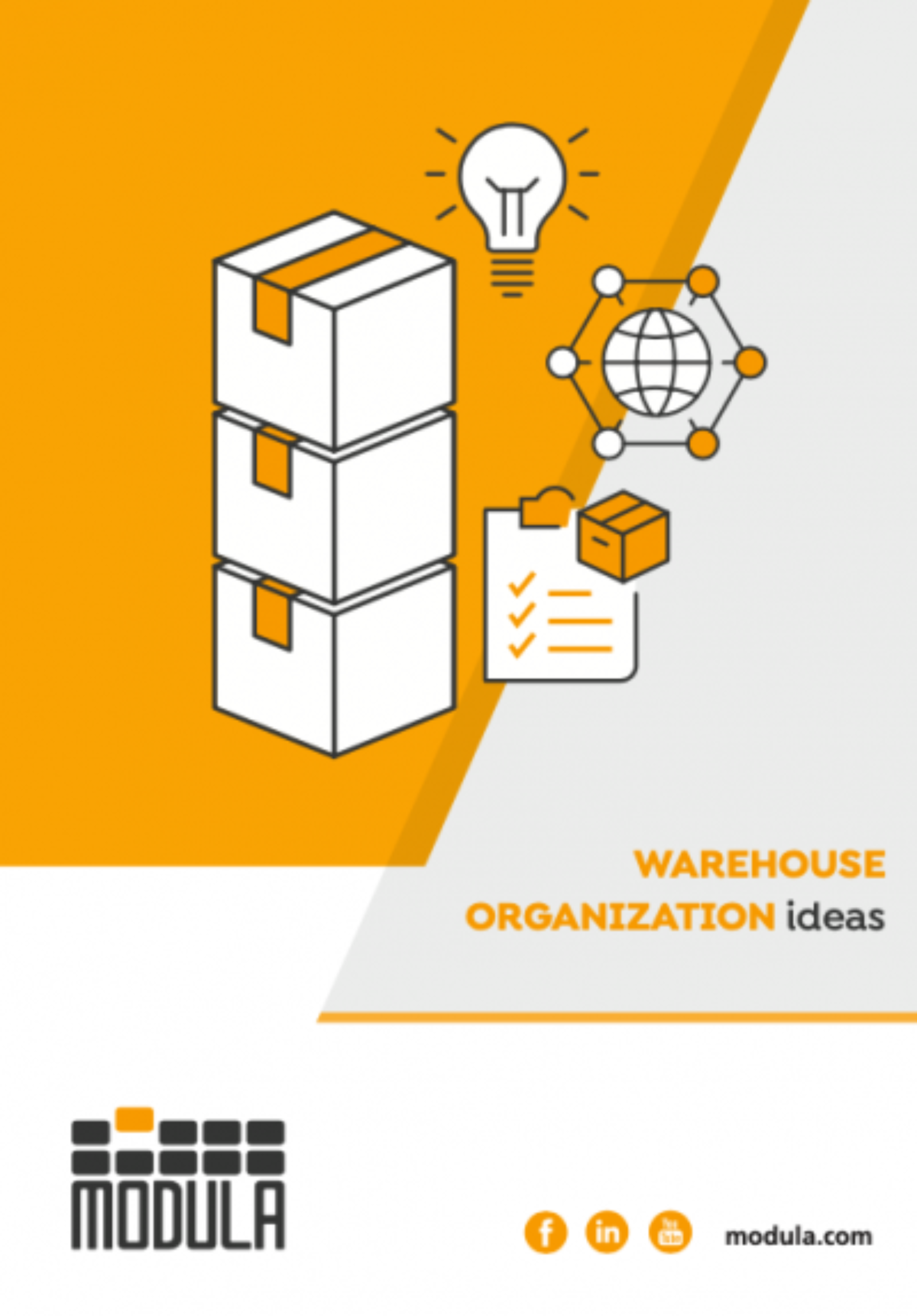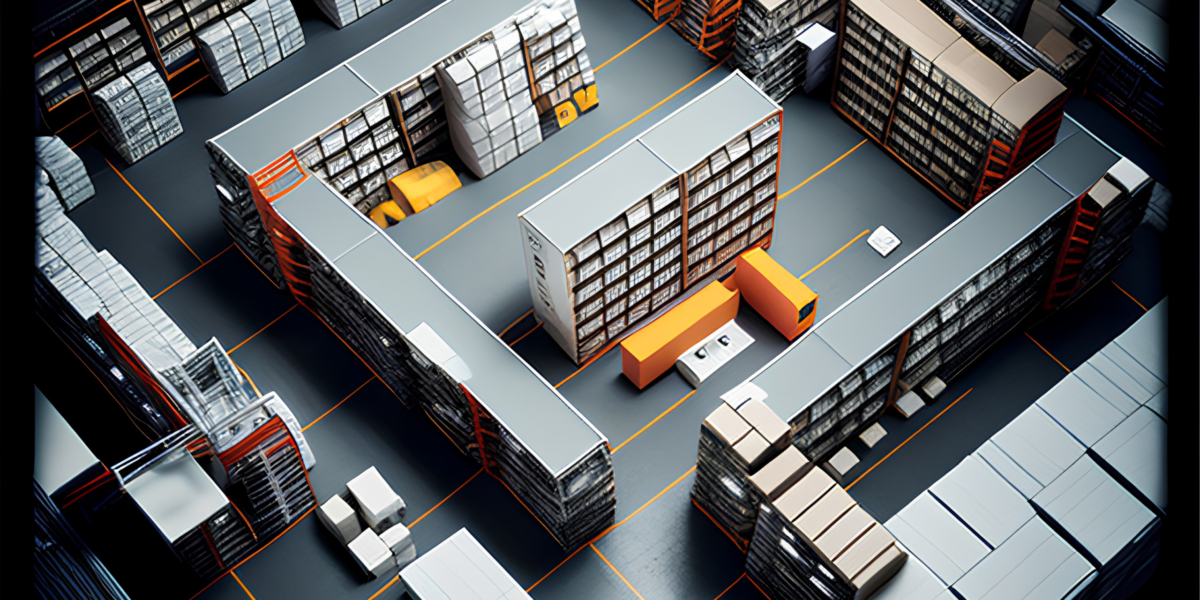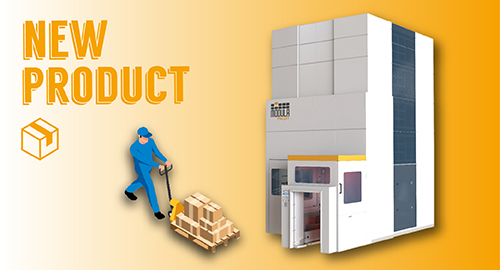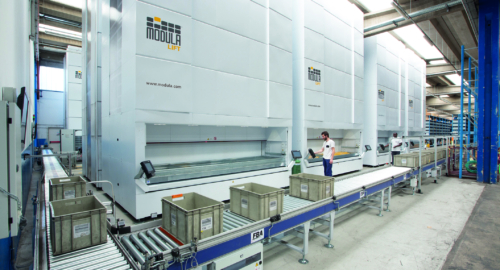The logistics sector is in continuous evolution and in recent years has faced several problems and obstacles. The innovations and trends that will characterize logistics in 2023 are the direct response to those difficulties. There is no doubt that opportunities arise from crises and those who work in the management of supply chain operations are experiencing continuous transformations and adaptations resulting from past and emerging challenges.
In addition to the 2022 trends which continue to influence the sector, new challenges must be addressed, particularly related to:
- uncertainty due to the continuing war in Ukraine
- the ecological and environmental challenges due to climate change
- the “crisis” of the just-in-time management paradigm.
It is therefore essential to understand the direction taken by innovation and current challenges: by focusing on these aspects, companies can develop a resilient supply chain, able to respond to market uncertainties without compromising their competitiveness. So, let’s take a look at the 8 trends that will stand out in the world of logistics in 2023.
1.Redefining the just-in-time model for managing supply chain disruptions
First the pandemic and then the war in Ukraine showed the weaknesses of just-in-time management, which is based on minimizing stock in favor of a continuous supply flow that prevents production from being interrupted.
In the context of international uncertainty of the last few years, in fact, the lean management model has shown how interconnection and interdependence between global operators can be put at risk by local issues. The effects of the pandemic and the war have spilled over the entire logistics chain, with delays in deliveries and rising prices.
Thus, the trend for 2023 is to redefine the just-in-time model to mitigate global interdependence through the increase of safety stock and the shortening of supply chains through reshoring and friendshoring strategies.
A Modula storage system is the ideal solution to support this trend, as it can be configured in terms of height, tray and bay dimensions, load capacity as well as number of trays and stations.
2. Optimizing warehouse space to reduce costs
As a result of the increased demand for safety stock, the demand for warehouse space is expected to grow in 2023. To keep costs sustainable, companies need to focus on further optimization of their storage space by investing in ad hoc solutions such as automated vertical storage systems, which provide:
- significant floor space savings by making use of the vertical space available
- an increase in the quantity of goods stored
- a reduction in warehouse surface area for equal quantities of goods stored
- an effective way to limit wasted space.
3. Automation of processes for smarter warehouses
In a critical, unpredictable and uncertain context like the present, companies need to be flexible and agile as they have never been before to maintain their competitiveness. For this purpose, digital systems must inevitably be adopted, as they are the starting point for automating many logistics processes.
Emerging technologies – such as machine learning, artificial intelligence and IoT solutions – reduce errors, improve inventory management and optimize warehouse logistics flows thanks to the automated collection and analysis of information. In fact, each Modula automatic storage system has its own Modula WMS management software, a state of the art application developed to optimize the performance of storage systems.
4. Data mining for predictive management and WMS in the cloud
The adoption of digital technologies generates a large amount of useful data for logistics operators. Those who take advantage of big data analysis through data mining will have an undisputable competitive advantage in 2023. In fact, through the computerized analysis of data it is possible to identify models, trends, and useful information to support companies in their decision-making processes.
Access to data-based information is just one of the strategic elements that will characterize the future of the logistics sector and enable the forecasting of demand, thus allowing stock to be adjusted and inventory to be optimized.
Among the technological solutions which, together with those illustrated above, will provide better control of warehouses and the best logistics practices, is the adoption of cloud-based warehouse management systems (WMS).
In this way, logistics operators have access to all the relevant information in real time, anywhere, and for all the storage systems managed, even those located in distant facilities. In addition to providing a complete view of stock, a cloud-based WMS offers greater system security and greater control over the important data from each storage system.
5. Automating material handling to compensate for labor shortages
The lack of manpower will continue to plague the logistics sector and thus be a constant trend in 2023. In this context, warehouse automation is no longer just a way to improve efficiency but also an effective solution to the shortage of warehouse operators.Today, the design of a storage system must provide for automation at its core, with the integration of robotic equipment to manage all the related storage, handling, picking and placing activities. The trend is to have increasingly automated storage systems where, alongside AMR robotic solutions, drones can also be integrated for the management of inventory, for example.
6. E-commerce growth thanks to IoT solutions and 3PL partners
Another trend that will continue to grow in 2023 is e-commerce, which translates into an increase in demand for logistics services. In e-commerce, more than in other areas, the speed of order fulfillment, flexibility in storage, and customer satisfaction are increasingly critical factors for success.E-commerce operators will be able to maintain their competitiveness in the future only by adopting digital, automated and advanced technological solutions in order to make their warehouses more efficient, or by choosing to entrust the logistics, storage, preparation and transport of their orders to modern third-party logistics partners (3PL).
7. Green logistics and environmental sustainability
In 2023, one of the challenges for the logistics sector is to become increasingly sustainable (given the fact that it is, to date, one of the largest producers of CO2 emissions) in order to comply with the regulations in place as well as to meet the expectations of consumers.
To do this, it will be necessary to invest in alternative fuels and green mobility, packaging made with recycled or renewable materials, and the optimization of processes and warehousing procedures aimed at reducing “empty” trips, increasing storage capacity, and further developing the network of temporary consolidation points.Given that the demand for logistics services is not likely to decrease, it is vital that operators move quickly towards more environmentally sustainable solutions.
8. Increased security and traceability with blockchain technology
As noted, sustainability is an ever more important issue for consumers, who want to know the origin of the products they buy. From this point of view, in 2023 the use of blockchain technology will continue growing to ensure traceability and verification throughout the supply chain.Another advantage of blockchain technology applied to logistics is the reduction of the risks of fraud and data breach during transactions.
Reorganizing warehousing activities to meet the challenges of the logistics sector
2023 will once again see the logistics sector caught between economic uncertainties and international political instability. At the same time, trends have emerged that will guide logistics operators in the years to come, such as digital innovation and ecological transition.
The resilience of the entire sector lies in the continuous adaptation and reorganization of warehouses and logistics processes. Download our guide to learn more about how to improve your logistics flows.
Ideas for warehouse reorganization




